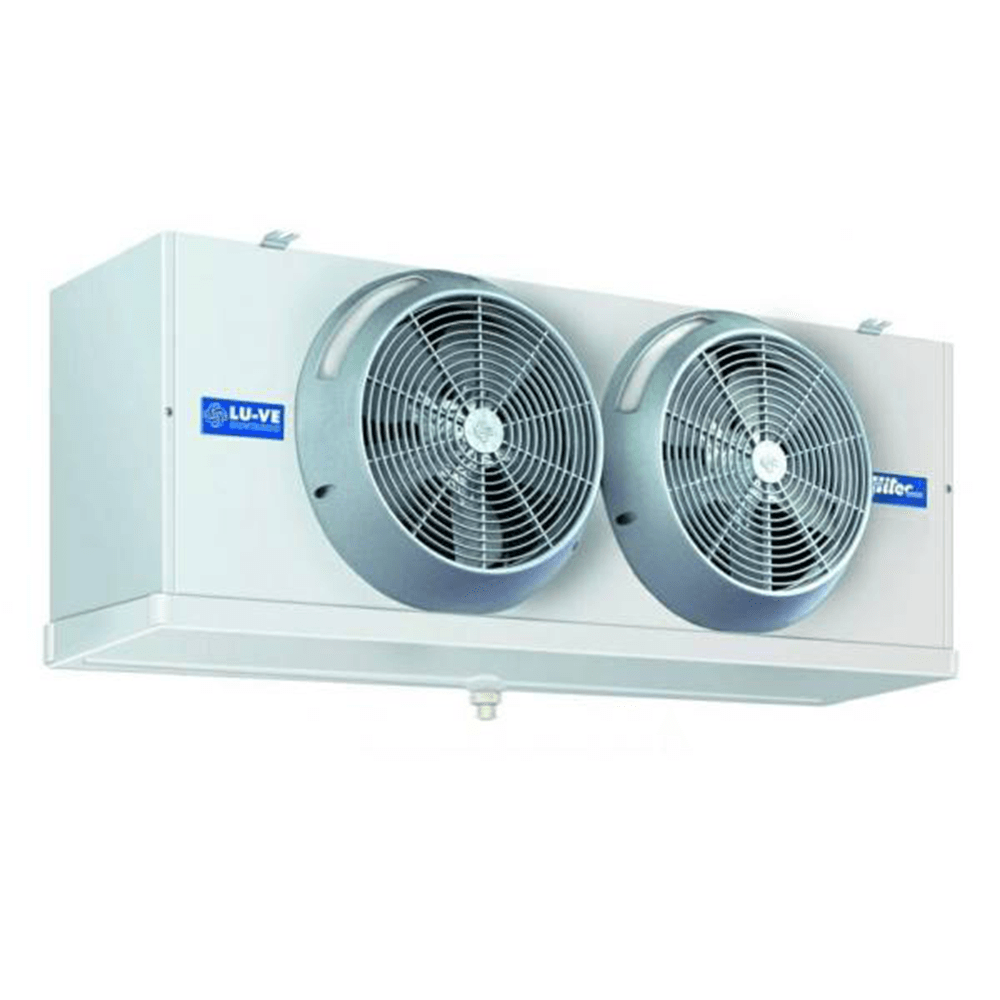The evaporator is a heat exchanger within a refrigeration system responsible for cooling the surrounding environment. It is typically located on the low-pressure side of the system and is designed to absorb the heat present in the area.
When the refrigerant passes through the evaporator, it undergoes a phase change from a liquid to a gas. This phase change occurs due to the low pressure and temperature maintained within the evaporator. As the refrigerant evaporates, it absorbs heat from the surrounding environment, effectively cooling it down.

The proper functioning of the evaporator is essential for an efficient refrigeration system. An optimally functioning evaporator ensures that the refrigerant absorbs enough heat to maintain the desired low temperature in the system. Without an efficient evaporator, the cooling effect would be compromised, and the efficiency of the entire system would decrease.
In addition, a well-functioning evaporator helps prevent the formation of frost or ice on its surface. Frost formation decreases the heat transfer efficiency, leading to reduced cooling capacity and increased energy consumption. Therefore, regular maintenance and cleaning of the evaporator are essential to maintain its effectiveness.
Evaporators come in various forms depending on the application and specific refrigeration requirements. Some common types include:
1. Shell and Tube Evaporators: These consist of a series of tubes enclosed within a shell. The refrigerant flows through the tubes while the medium to be cooled passes through the shell. This design allows for efficient heat transfer and is commonly used in industrial refrigeration systems.
2. Finned Evaporators: Finned evaporators have extended surfaces to increase the heat transfer area. It enhances the cooling capacity and is commonly used in commercial refrigeration systems, such as walk-in coolers and display cases.
3. Plate Evaporators: Plate evaporators consist of multiple plates stacked together with alternating refrigerant and medium passages. They are compact, lightweight, and commonly used in small-scale refrigeration applications like residential air conditioning units.
The evaporator plays a crucial role in the refrigeration system, absorbing heat from the surroundings to provide cooling effects. A well-maintained and properly functioning evaporator ensures efficient operation and prevents frost formation. Understanding the different types of evaporators available allows for choosing the most suitable one for specific refrigeration needs.